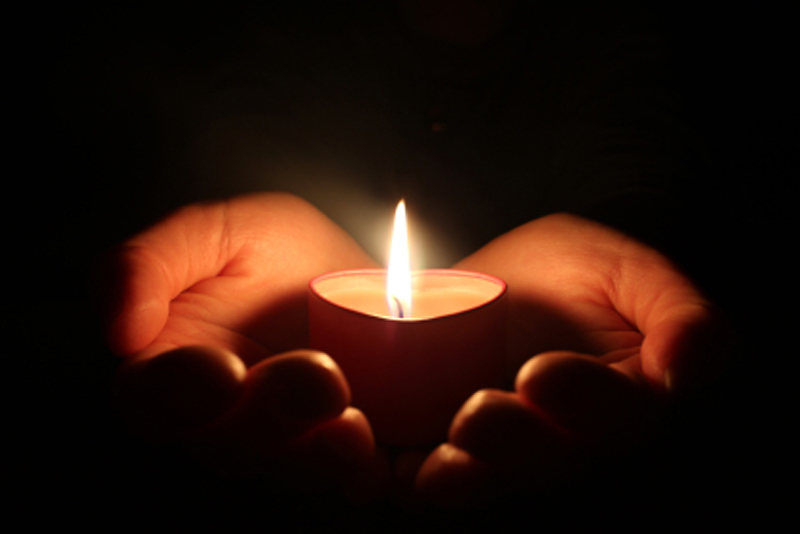Walt Disney's Fantasia 1940

Fantasia is a very special series of animation films by Walt Disney's team of artists, formed into a coherent whole to make a two hour long cinematic treasure. Disney had already produced films such as Snow White and the Seven Dwarfs which remain popular to this day, but Fantasia broke new ground in terms of the technical virtuosity it displayed, some of which was years ahead of its time.
Fantasia can be divided into eight main sections.
Bach's Toccata and Fugue in D Minor BWV 565 is usually performed on the organ, but here we are provided with the conductor, Leopold Stokowski's orchestrated version. This is played on 20th century style instruments and it is interesting to hear techniques such as flutter tonguing on the flute in the music to create different sound effects. To illustrate the Bach, Disney used a series of artistic images rather than telling a story but some of these are very bright and almost 1950s in flavour.
Several movements from Tchaikovsky's Nutcracker Suite are displayed in the next section, complete with enchanting images of fairies, bubbling fish and flowers. Not all of the suite is included, giving us some idea of what to expect for the rest of the film. We are, however, given The Dance of the Sugar Plum Fairy, Chinese Dance, Dance of the Flutes, Arabian Dance, Russian Dance and Waltz of the Flowers.
Immediately following the Nutcracker Suite we get arguably the most famous part of Fantasia, the Sorcerer's Apprentice film, set to the music by Dukas, with a really wonderful story line for Mickey Mouse playing the part of the apprentice. This was an inspired choice, and Mickey's part is the best known section of the whole film. I love the bit when he congratulates Mr Stokowski after the animation film is over, too!
An arranged version of Stravinsky's great ballet The Rite of Spring is a magnificent setting to display the creation of the earth and the death of the dinosaurs. Watch particularly the first appearance of the dinosaurs in the water and consider whether they are all doing the same thing. Throughout Fantasia, the creatures in the animations continue each to have their own movements, you will never see them all doing the same thing at once. This gives a fluidity to the scenes which is quite rare in animation films.
Beethoven's Pastoral Symphony is used to illustrate the mythological creatures in the countryside including centaurs and pegasuses, followed by a bacchanalia which gets caught by a storm.
The Dance of the Hours, a frothy piece involving ostriches, hippopotami, elephants and alligators, is great fun and I particularly love the en pointe ostriches dancing in formation.
The final section combines two works, Night on Bald Mountain by Modest Mussorgsky and Ave Maria by Franz Schubert. It is Walpurgisnacht and the devil is summoning his fiends but when the Angelus sounds to herald the coming of the dawn the spirits flee and the music of the Ave Maria finishes the film. It's an unusual setting of Ave Maria, the first of Schubert's three Ellens Gesang lieder for voice and piano; here we have an orchestral accompaniment to a large choir with a solo soprano who is actually rather a fine singer.
In between each section we have the narrator who introduces the music and provides some interesting narrative, including the introduction to the Soundtrack, which is actually a way of letting the audience hear what individual instruments sound like, and a rather fun jam session by several members of the orchestra.
Fantasia is suitable for all members of the family from childhood onwards, but very small children will need adult support to watch it. My three year old nephew was scared the first time he saw the dinosaur section and the Walpurgisnacht, but those, and the Pastoral Symphony section, were the bits he wanted to watch again and again and again - always with someone with him! Fantasia ended up being a fourth birthday present. The music is wonderful and you will probably find yourself singing along with some of it. The imagery is entrancing and exciting even though it is more than sixty years old, and I cannot recommend it too highly.
There are numerous release versions of the film, but the one I have is the Diamond Edition. from Amazon.com and can be found at the Fantasia Diamond Edition, which I purchased with my own money. However there are not many copies available and should this become unavailable the film is also sold as part of a set with Fantasia 2000, also from Amazon, in the Fantasia & Fantasia 2000 Special Edition
DVD.

Related Articles
Editor's Picks Articles
Top Ten Articles
Previous Features
Site Map
Content copyright © 2023 by Gillian Buchanan. All rights reserved.
This content was written by Gillian Buchanan. If you wish to use this content in any manner, you need written permission. Contact Gillian Buchanan for details.



